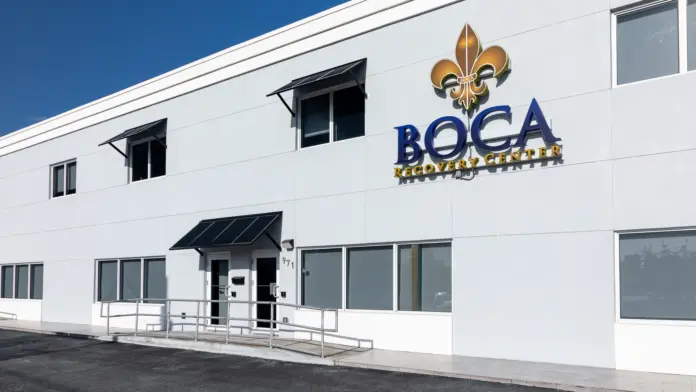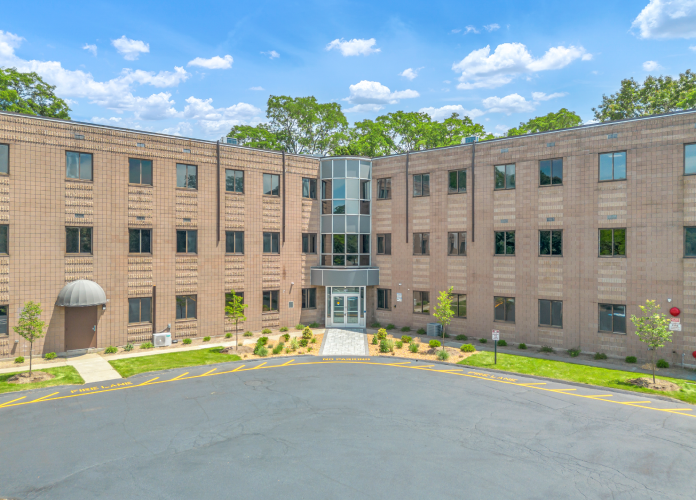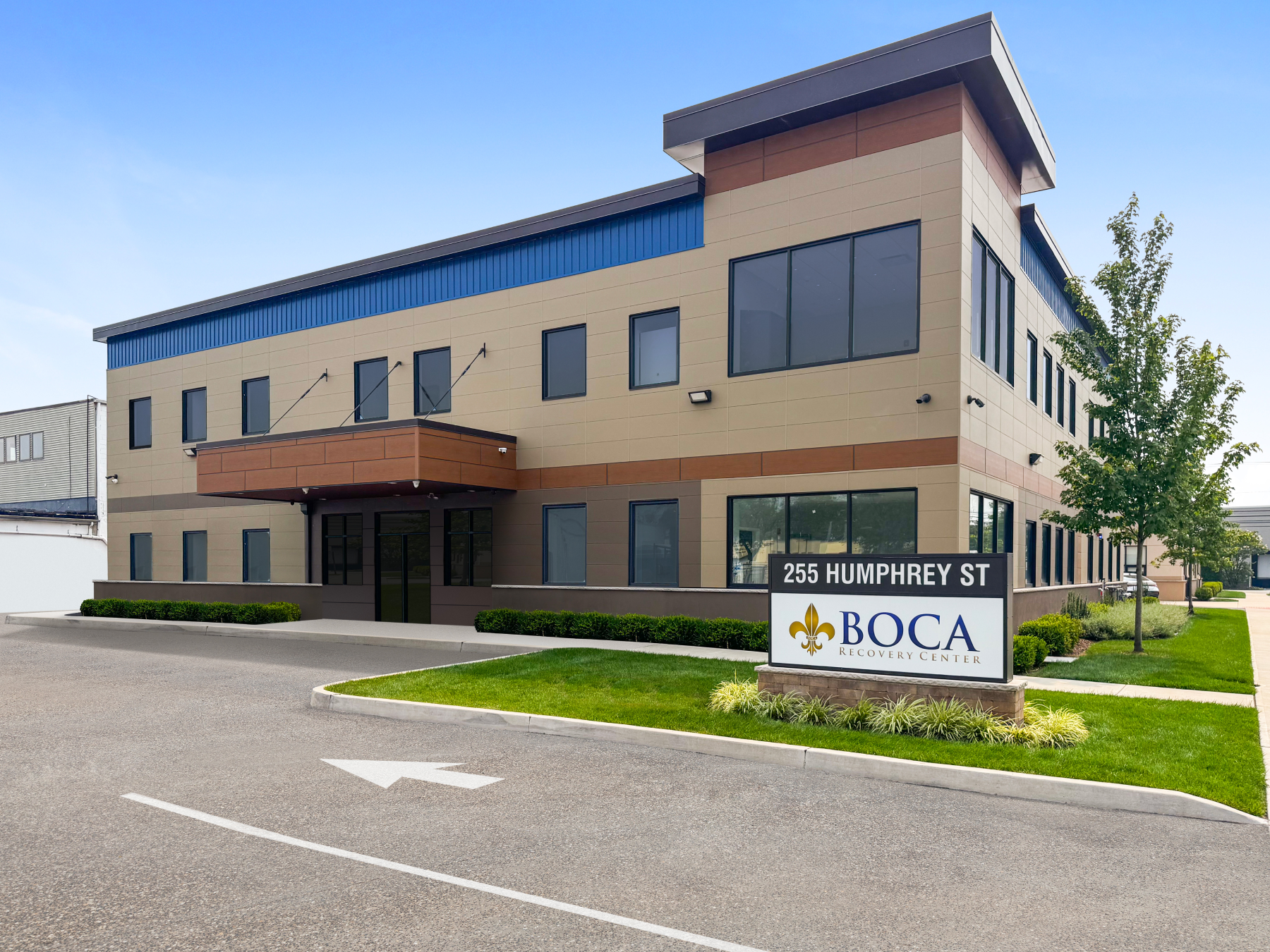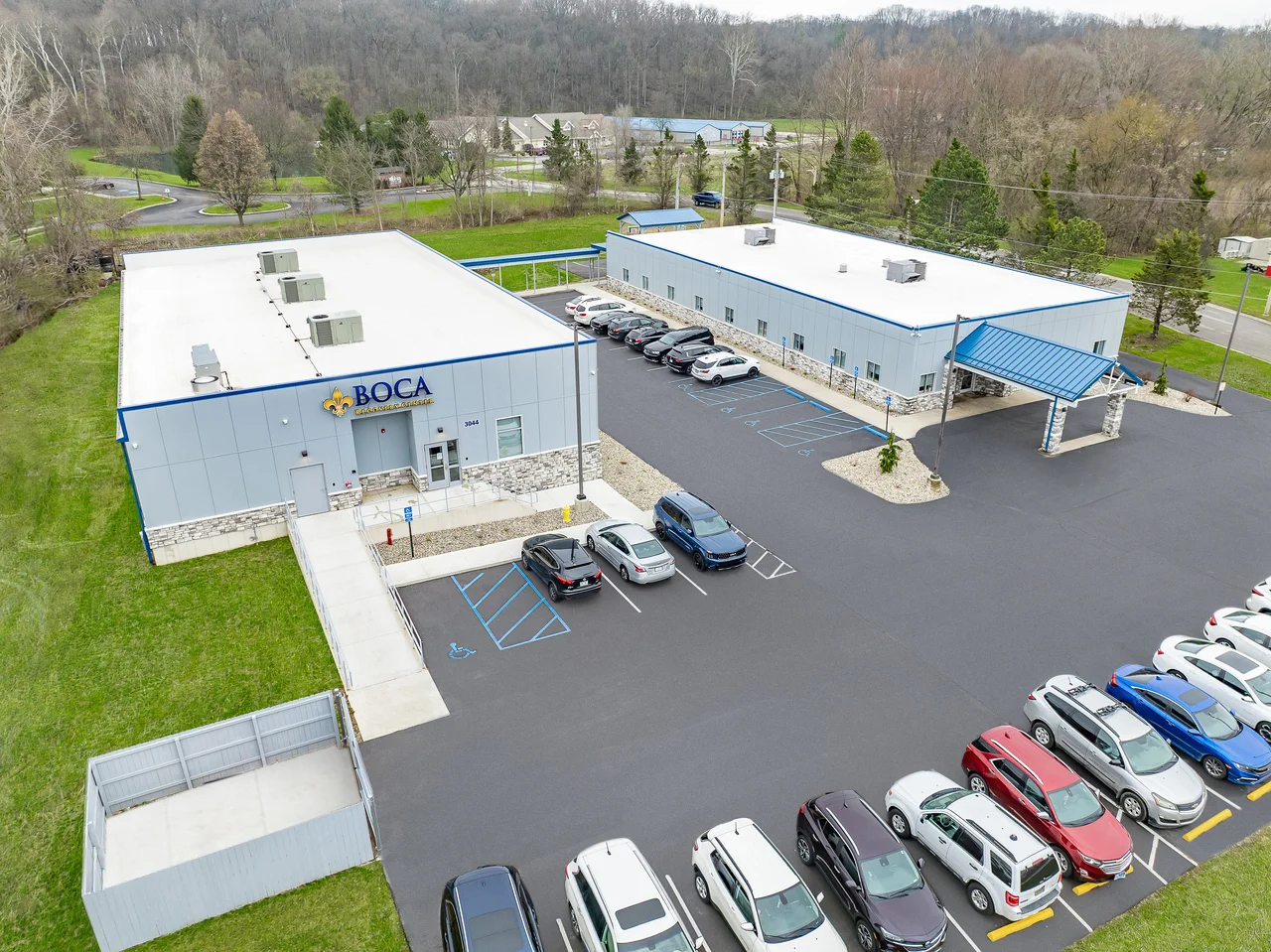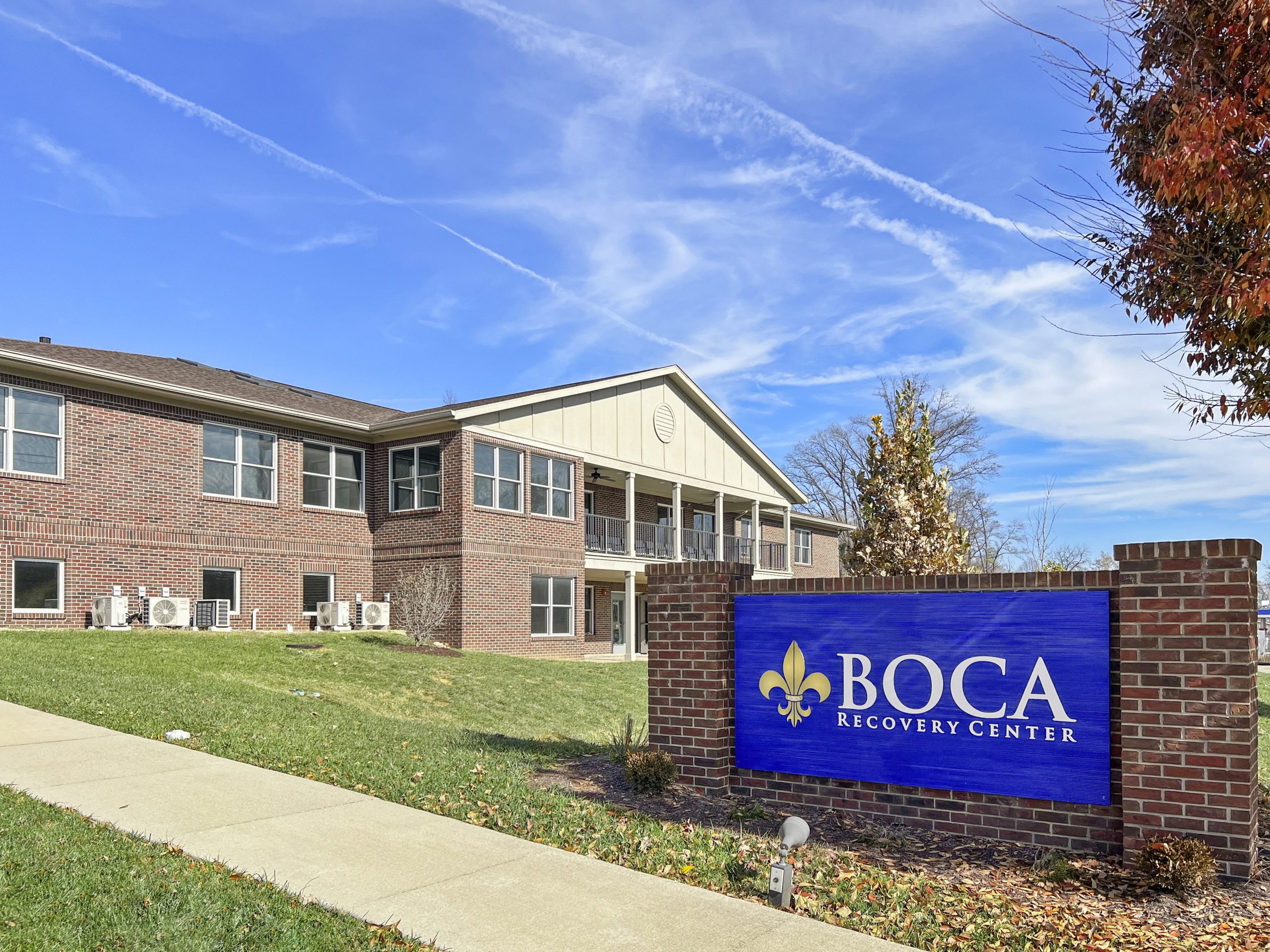Understanding why this happens and how to help isn’t always easy. But as experts dig into data uncovered by the COVID-19 epidemic, and as average Americans grapple with systemic racism issues, important conversations are happening. They could help everyone to understand why risks are so different and what can be done about them.
What Does BIPOC Mean?
BIPOC
The term BIPOC stands for black, indigenous, people of color. Some experts put a comma between the words indigenous and people of color. Others are adamantly opposed to this punctuation. And others don’t like the BIPOC term at all.
BIPOC encompasses several cultural groups, ethnic heritages, and demographics. Every person within the BIPOC community is an individual who deserves recognition that means more than simply “not white.”
But BIPOC people also share characteristics, including facing stigma and structural racism. Those factors could play into addiction rates.
Key Statistics
Key Facts
- The United States is facing an opioid overdose epidemic, and Black individuals are impacted more than other groups. Between 2015 and 2016, drug overdose deaths in Black Americans rose by 40 percent, compared to an overall increase of 20 percent. Synthetic opioids like fentanyl were largely responsible.
- While Native Americans represent just 2 percent of the population, they have the highest rates of alcohol, marijuana, cocaine, and hallucinogen use disorders in the United States.
- Of Hispanic/Latino youth with a substance use disorder, 92 percent did not get treatment within a specialty facility. Many of these youth have co-existing mental health disorders, such as depression, making the need for specialty care more acute.
- People who identify as Asian often have lower-than-average substance abuse rates, but that is changing. The prevalence of substance use disorders is increasing within the population, especially among women.
What Drugs Hit This Community the Hardest?
Any substance could be a problem for people within the BIPOC community. Skin color doesn’t easily correlate to how well drugs work or how powerful they might seem. But research has uncovered some unique links between BIPOC people and the following substances.
Alcohol
Americans of all races and ethnic groups can access and abuse alcohol. It’s one of the most easily bought and abused substances within the United States.
Native Americans and Hispanics have high rates of drinking, experts say. But once alcohol dependence occurs, Black and Hispanic individuals have higher rates of persistent dependence than white people.
Marijuana
Per the 2022 National Survey on Drug Use and Health (NSDUH) studies from the Substance Abuse and Mental Health Services Administration (SAMHSA), 27.3% of non-Hispanic American Indian or Alaska Native individuals aged 12 or older reported using marijuana in the past year, compared to 22.9% of non-Hispanic White individuals.
In many states, marijuana is legal. Sometimes, people need a doctor’s note to buy the drug, but sometimes, there’s no such need. Easy access can make this drug seem safe for people to use and abuse.
Opioids
Prescription painkillers and heroin are both opioids, and they’re responsible for a significant amount of pain and suffering within the United States. While white individuals and people in the BIPOC community seem to use opioids at a similar rate, the death rates among BIPOC people are much higher.
It’s possible that some people within the BIPOC community are required to buy illicit drugs rather than getting prescriptions from doctors. Those street drugs may be tainted with stronger substances (like fentanyl) that can cause overdose deaths.
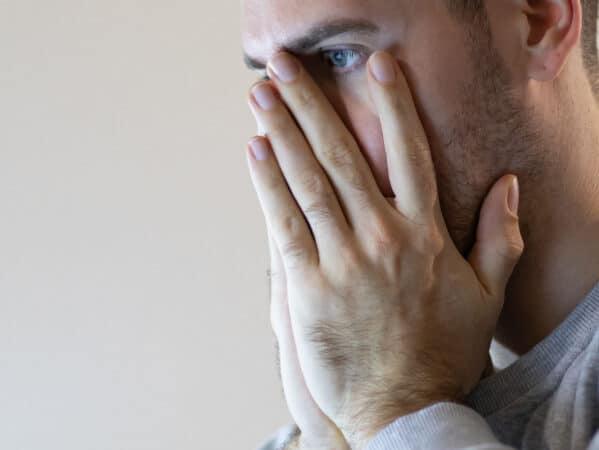
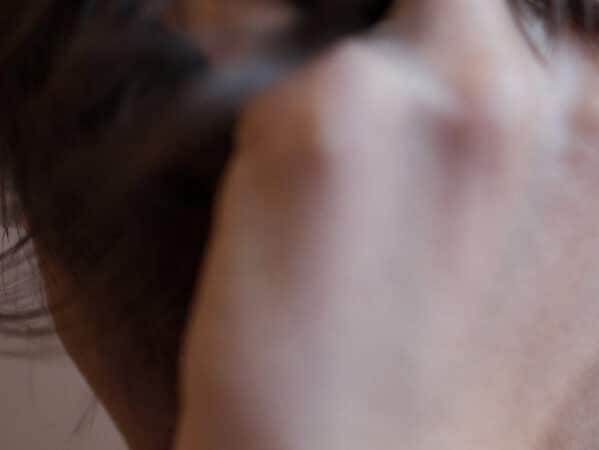
Understanding Emotional Sobriety: The Next Step in Addiction Recovery
What Are the Consequences of Drug Use for This Community?
Anyone who abuses drugs runs the risk of overdose, physical complications, and a long recovery. These issues impact people within the BIPOC community just as they do in white individuals. But some within the BIPOC community have other challenges caused by addiction.
Prison is one such consequence. About 57 percent of people incarcerated in state prisons are Black or Latino, even though they comprise only 30 percent of the population. Many of these prison terms stem from the simple possession of drugs.
People within the BIPOC community are more likely to be stopped by police officers for simple issues (like broken tail lights), and if drugs are found in a subsequent search, they can head straight to prison.
Once people go to prison, they can lose connections with their families. Their children grow up without them, their employers find replacement workers, and their parents can grow sick and die. These losses mount, resulting in tremendous stress and suffering upon release.
In studies of BIPOC people released from prison, 23 percent later abuse alcohol, and 18 percent abuse illicit substances. Drug abuse can help to numb pain and help people feel more comfortable in prison. But that drug possession could mean another arrest and a return to jail.
Some people in the BIPOC community face an endless cycle of substance abuse and incarceration.
Why Is the Risk of Addiction So High?
Addictive substances work on chemical systems deep within the brain, sparking changes that lead to compulsive drug use. Anyone can deal with this issue, but the following issues can increase the risk for BIPOC people:
Racism
Structural and systemic racism are forms of racism deeply embedded in systems, laws, policies, practices, and beliefs that perpetuate and condone unfair treatment and oppression of BIPOC people. Experts say this form of racism results in severe adverse health consequences for people of color.
Racism puts extreme pressure on people affected by it. Some people deal with the challenges through the use and abuse of substances.
Lack of Access to Care
BIPOC people are less likely to get a diagnosis of and treatment for mental health issues like addiction. Since they can’t get care, they’re more likely to deal with the most serious consequences of addiction, including the following:
Poverty
Homeless
Incarceration
Medical Mistrust
Offenses against BIPOC people by the medical community are both documented and well known. For decades, doctors have used people of color in medical tests with severe consequences resulting in issues like infertility.
In recent studies, 7 in 10 Black Americans say they’ve been treated unfairly by healthcare professionals, and 55 percent say they mistrust the healthcare system.
This issue can keep people from asking for addiction care, and if it’s offered, BIPOC people may question the advice or disregard it altogether. As a result, their addiction deepens.
How Do BIPOC Stereotypes Impact Addiction & Care?
Researchers say Black Americans are often undertreated for pain, as medical professionals believe (incorrectly) that BIPOC people can handle discomfort more than their white counterparts.
Untreated pain is a known risk factor for substance use and abuse. People may try to ease their discomfort with substances they buy from dealers, and they may escalate their use in time.
Structural racism also results in a lack of access to treatment. These disparities became clear during the COVID-19 crisis, as BIPOC people couldn’t always access vaccines or treatment for infection. But those same issues can mean reduced opportunities to connect with professionals about addiction. Without discussions about addictions, the problems get worse.
What Are Experts Doing to Help?
Experts are discussing the issues impacting the BIPOC community, and they’re working to understand what has been tried in the past and what might be done in the future. These conversations are young and very new, so they don’t result in immediate changes that can help BIPOC people.
But some experts are examining how they can create partnerships within BIPOC communities. For example, some people feel more comfortable talking to a local religious leader while they may worry about talking to a doctor. Connecting with these leaders may be a good way to help people understand how addictions develop and how they could be treated.
Boosting recruitment within the BIPOC community is in progress as well. Many people who enter treatment programs don’t see anyone who looks like them, feels like them, or sounds like them. And while there may be BIPOC people working in the facility, few are in leadership positions.
Recruiting people to enter the field could help people to see and work with those they feel comfortable with. As BIPOC people enter the field, they may change it too.
What Can You Do Right Now?
While experts are working on solutions that could help all BIPOC people, there are plenty of things everyday communities could do to help reduce the impact of addiction and substance abuse.
If You’re Struggling With Drug Abuse
Remember that you’re not alone. Find someone you can talk to, whether that’s your doctor, a friend, or a member of your clergy. Tell that person what’s happening, how long it’s been happening, and what you’ve tried to make it better.
The person you’ve talked to may help you find a treatment program for addiction. If you don’t feel comfortable in this program, consider transferring to another.
Remember that treatment is required to get better. You can’t do it alone. But you’re entitled to respectful care that takes your health, needs, and culture into account.
If Someone You Love Is Struggling
Start a conversation about the symptoms of addiction you’ve seen, the treatment options available, and your willingness to help. The person you love may not be willing to discuss the issue openly at first, but your persistence could help the person get needed help.
- Why the Term BIPOC Is So Complicated, Explained by Linguists. (June 2020). Vox.
- The Opioid Crisis and the Black/African American Population: An Urgent Issue. (2020). Substance Abuse and Mental Health Services Administration.
- Substance Abuse and Native Americans. The Red Road.
- Opioid and Illicit Drug Use Among the Hispanic/Latino Population. (October 2019). Substance Abuse and Mental Health Services Administration.
- Substance Use Disorders and Treatment in Asian American and Pacific Islander Women: A Scoping Review. (December 2022). The American Journal on Addictions.
- Ethnicity and Health Disparities in Alcohol Research. National Institute on Alcohol Abuse and Alcoholism.
- Behavioral Health Barometer. (2020). Substance Abuse and Mental Health Services Administration.
- The Drug War, Mass Incarceration, and Race. (June 2015). Drug Policy Alliance.
- Illicit Substance Use After Release from Prison Among Formerly Incarcerated Primary Care Patients: A Cross-Sectional Study. (February 2019). Addiction Science and Clinical Practice.
- Systemic and Structural Racism: Definitions, Examples, Health Damages, and Approaches to Dismantling. (February 2022). Health Affairs.
- Racial Disparities and the Lack of Access to Mental Health Care in BIPOC Communities: Let’s Talk About Therapy. (February 2023). Clinicians of Color.
- Understanding and Ameliorating Medical Mistrust Among Black Americans. (January 2021). The Commonwealth Fund.
- Structural Racism in Historical and Modern U.S. Health Care Policy. (February 2022). Health Affairs.
- Training and Educating Public Safety to Prevent Overdose Among Black, Indigenous, and People of Color Communities. (August 2021). National Council for Mental Wellbeing.
- Racial/Ethnic Variations in Substance-Related Disorders Among Adolescents in the United States. (November 2011). Archives of General Psychiatry.
- Disparities in the Treatment of Substance Use Disorders: Does Where You Live Matter? (October 2018). The Journal of Behavioral Health Services & Research.
- The Crucial Role of Black, Latinx, and Indigenous Leadership in Harm Reduction and Addiction Treatment. (April 2022). American Journal of Public Health.
- Racial and Ethnic Disparities in the Prevalence of Stress and Worry, Mental Health Conditions, and Increased Substance Use Among Adults During the COVID-19 Pandemic — United States, April and May 2020. (February 2021). Centers for Disease Control and Prevention.
- Racism and Illicit Drug Use Among African American Women. (November 2012). The Journal of Black Psychology.
- Racial Inequities in Treatments of Addictive Disorders. (October 2021). Yale School of Medicine.
- A Systematic Scoping Review of Research on Black Participants in the National Drug Abuse Treatment Clinical Trials Network. (June 2019). Psychology of Addictive Behaviors.



